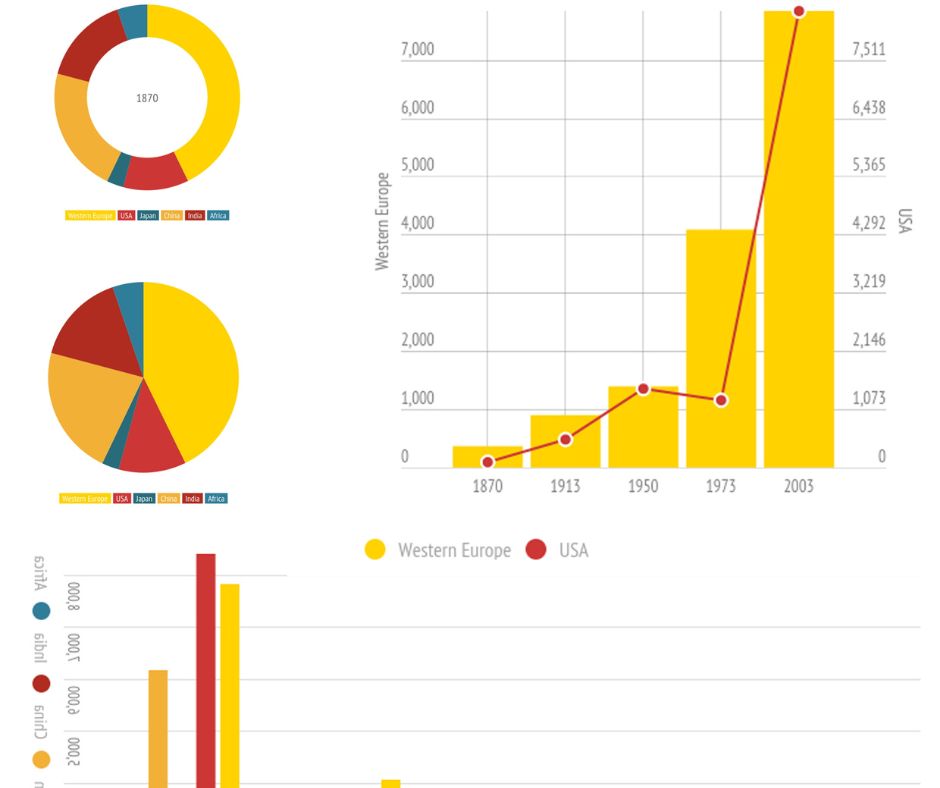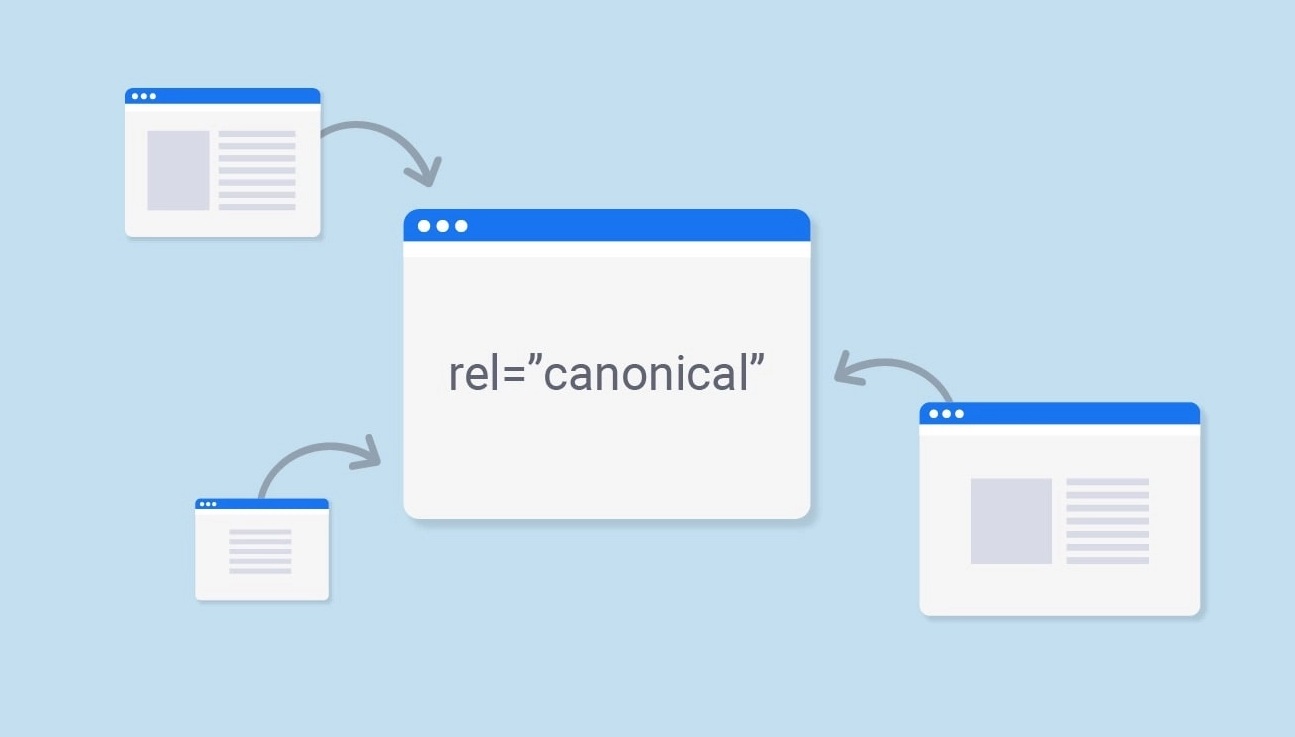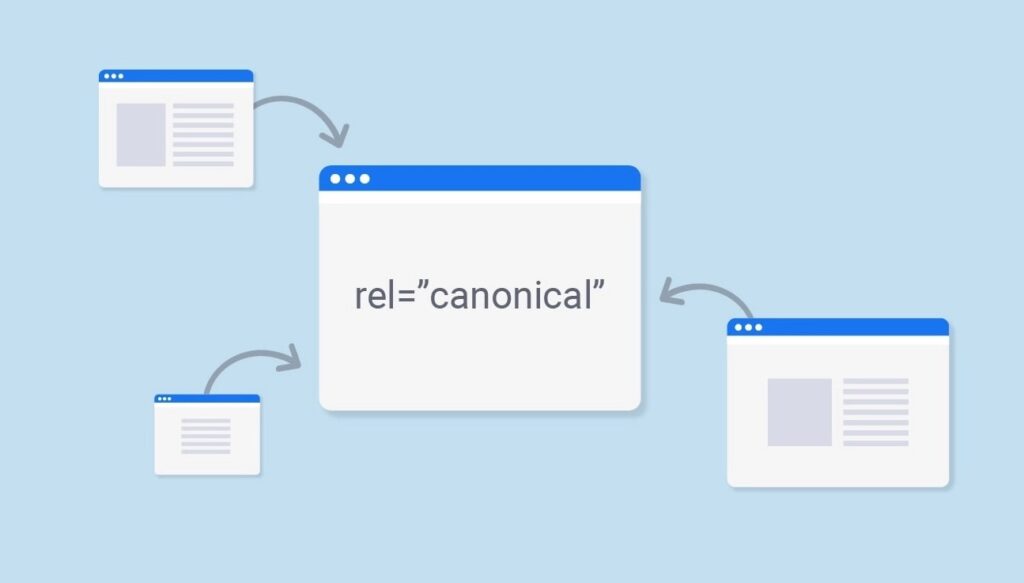How To do Free Classified Submission ads?
Classified Submission ads are classifieds that are published in a newspaper or magazine, and list items for sale or wanted. Classifieds can be used to sell anything from cars to furniture, and are often used by people who want to buy something without the hassle of going through an auction.
The most common form of classified ad is a text-only classified ad that is typically one column wide and contains just a few lines of text. .The most common form of classified ad is a text-only classified ad that is typically one column wide and contains just a few lines of text.Most classified ads cover job openings, real estate listings, and items for sale.

Classified ads are the traditional way for people to buy and sell products and services. Classified ads are listed in a classifieds section of a newspaper, magazine, or online.
The classified ad is a form of advertising which is used to offer goods or services to people who want them. The ad is usually placed in a publication that reaches many potential customers, such as a newspaper or magazine. .The classified ad is a form of advertising which is used to offer goods or services to people who want them. The ad is usually placed in a publication that reaches many potential customers, such as a newspaper or magazine.The advertisement for a particular product, service, or event.
Classified ads are a great way to reach a targeted audience. They are also perfect for selling products and services. Classified ads can be posted in newspapers, magazines, or on the internet.
Companies and individuals use classified ads to sell items they want to get rid of, offer a service they can provide, or promote their business. .There are various subdivisions of classified ads that might appear in phonebooks, on websites, or in newspapers. An classified ad is any form of an advertisement that is published for the purpose of finding potential trade (buyers and sellers).
What are classified ads?
Classified ads are a type of advertising that is used to sell goods and services. They are generally placed in newspapers or other publications. Classified ads can also be used on websites, in forums, or on social media.
How to do Free Classified Submission?
There are many ways to post classifieds for free on the internet; you can use the following websites: – Craigslist – Kijiji – Gumtree – OLX – Justpost.com – Post2.me – KudzuThe following websites provide professional classifieds with a fee:- TALX.com – Bing Ads – Zulily
Free classified submission is a free service offered by some of the leading classifieds websites. It is a way to list your products or services for free on these websites.
The process of submitting your listing is very simple and can be done in just a few minutes. You just need to provide the website with the required information like title, description, price, pictures and contact information.
The process of free classified submission is a simple one. All you need to do is create an account on the site, upload your classified ad and wait for it to be approved.
There are many sites that allow you to post free classified ads. However, some of them may charge a small fee for listing your ad while others may not charge anything at all.
The best thing about this method is that it will cost you absolutely nothing at all and there are no strings attached.
In this section we will learn about how to do Free Classified Submission. There are many websites that offer free classifieds submission service. The first step is to find a site that offers free classifieds submission service. The second step is to register with the website and complete the registration process. The third step is to sign in and select the category of classified you want to post in. The fourth step is to enter all the details of your classified and submit it for review by website moderators. .The fifth step is to wait for the site moderators to approve your classified for posting.
Step 1: Find a website that offers free classifieds submission service.
A search on “free classifieds” or “classified ads” should yield many results.
Step 2: Register with the website and complete the registration process.
Step 3: Sign in and select the category of classified you want to post in.
Step 4: Enter all the details of your classified ad.
Step 5: Submit your classified ad.
Free classified submission is a great way for people to sell their products or SEO and online marketing strategy.
Classified submission refers to the practice of submitting ads and information about your business, products or services to online classified websites. Some examples of popular online classified sites for classified submission include:
- Craigslist: A popular classified website for buying and selling products, services and more.
- Kijiji: A Canadian-based classified website for buying and selling products, services and more.
- Gumtree: A UK-based classified website for buying and selling products, services and more.
- OLX: A global classified website for buying and selling products, services and more.
- Quikr: An Indian-based classified website for buying and selling products, services and more.
- Locanto: An international classified website for buying and selling products, services and more.
- Backpage: A classified website for buying and selling products, services and more, although it has faced controversy in the past.
These are just a few examples of the many online classified websites available for classified submission. When choosing a website, it is important to consider your target audience, niche, and the services offered by the website.


















